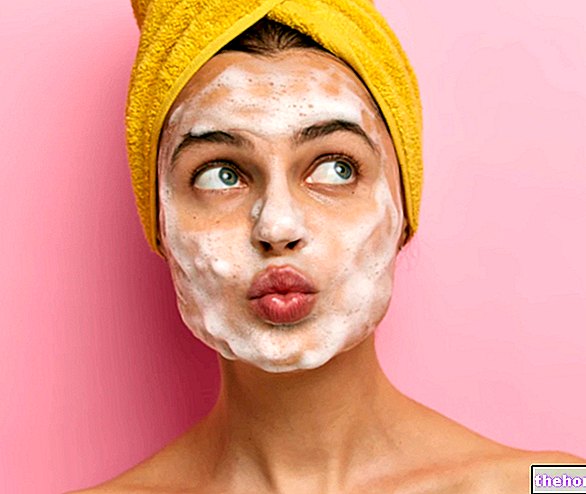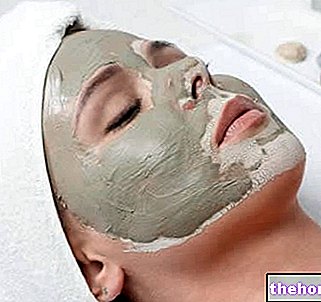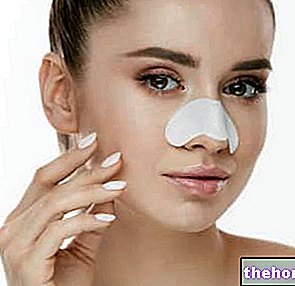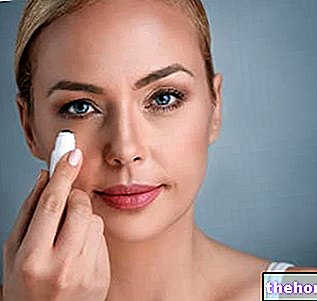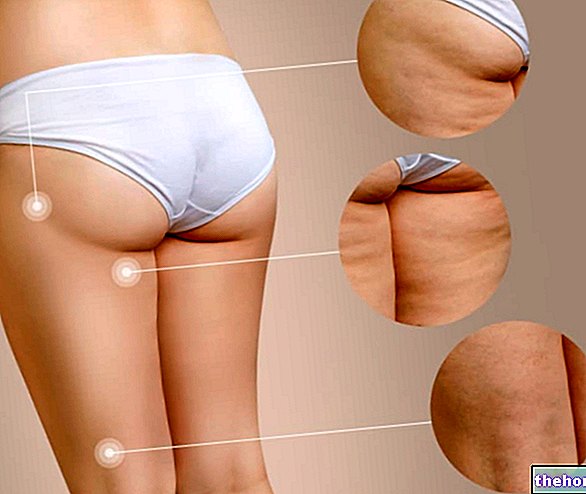«Cryotherapy - first part
Tools
Tools and materials used in Cold Therapy
Cryotherapy makes use of a series of diversified tools: it will be the doctor or specialist who will choose the most suitable method for the subject and the type of treatment.

Spray cans
Spray cans are widely used by athletes to relieve ailments resulting from a bruise or tear. Usually, the cans consist of a chemical, non-toxic and non-flammable substance (fluoromethane), under pressure. The cans, although they are rather practical because they do not require special precautions before use, can be very dangerous: their use must always be careful and scrupulous, in order not to damage the surrounding tissues. Furthermore, the spray from the can must be delivered at a safety distance of no less than 30 centimeters: if this were not the case, freezing burns could be created.
ice bag
The most widespread - and oldest - cryotherapy tool is represented by the ice pack, which acts by determining an "anesthetic action on the affected area. As an alternative to"ice bag, polyvinyl bags can be used; these contain a particular chemical gelatin which, kept in the freezer, performs the same action as ice without melting on the skin. When the cold effect of the gelatinous substance wears off, the bag must be placed in the freezer for possible reuse.
Chemical ice
Even more modern are chemical refrigerants: these are small packets that contain two reagents and a separator plate. If necessary, the plate breaks with your hands, the two chemical reagents come into contact and the temperature of the bag decreases (acts as ice). These particular tools used for cryotherapy are even more practical than polyvinyl bags, because they can be stored at room temperature.
Dermatological cryotherapy
We have mentioned that cryotherapy can also be useful for the treatment of skin diseases of various types, more or less serious. In these cases, therefore, it is correct to speak of dermatological cryotherapy.
The skin lesions that can be treated with this particular type of therapy are really many and among these, we remember:
- Warts;
- Acuminate warts;
- Acne;
- Hemorrhoids;
- Alopecia areata;
- Couperose;
- Freckles;
- Actinic keratosis and keratosis in general;
- Small neoplasms;
- Angiomas;
- Pendulous fibroids.
Now we will analyze in particular this technique, very original and delicate, but of exceptional clinical implication.
Although the substances that can be used in the field of dermatological cryotherapy are different, the one most used is certainly liquid nitrogen.
Liquid nitrogen is a gaseous substance, capable of reaching 196 ° C below zero: it is a decidedly versatile gas and widely used in cryotherapy, but at the same time it represents the most aggressive cryogen; consequently, the use of instruments liquid nitrogen is of exclusive medical competence.
Liquid nitrogen, applied to the lesion, creates a real cold burn: immediately after application, intracellular crystals are formed which cause cell death due to thermal shock and lysis.
Techniques
Cryotherapy techniques that exploit liquid nitrogen
The cryotherapy techniques that exploit liquid nitrogen are different, each of these has particular characteristics that make it useful for treating certain disorders rather than others. These characteristics will be briefly illustrated below.
Spray cryotherapy method
The spray technique (or spray, not to be confused with the spray cans used for bone or muscle lesions) is suitable for the treatment of moles, blackheads, warts and for all lesions located in irregular areas. It is perhaps the most used technique in cryotherapy: it does not require special sterilization procedures, due to the fact that there is no contact between the skin and the instrument. In fact, the lesion is treated by means of a spray of liquid nitrogen contained in a canister placed at close range (1 or 2 cm).
Stick cryotherapy method
The stick (or dipstick) cryotherapy method uses a special wooden stick.
In detail, a cotton swab is placed in one "end of the wooden stick, which will be inserted into a solution containing liquid nitrogen. The swab is placed in contact with the lesion: for this reason, the technique is not widely used, in as the risk of inaccuracy and infection is much higher than with the spray technique.
Probe cryotherapy method
The probe cryotherapy method (or cryoprobe) is characterized, in fact, by the use of particular probes.

Alternative Substances
Alternative substances to liquid nitrogen
In nature, there is no substance that can be compared to liquid nitrogen; in fact, no cryogenic agent reaches temperatures so low as to reach 200 ° C below zero. Nonetheless, freon, "carbon dioxide and protoxide" nitrogen are configured as other possible substances used in dermatology and aesthetics for the care / treatment of diversified skin diseases.
- Freons are halogenated gases that can reach a temperature between 33 and 70 ° C below zero, according to the different types of freon used. These gases are not widely used in cryotherapy because they are considered pollutants.
- Carbon dioxide - known as carbonic snow or dry ice, reaches -79 ° C: more used than freon, it does not give excellent results since freezing is not always very fast.
Nitrous oxide (-89 ° C) is another cryogen: cryotherapy with this substance is very expensive, because the devices that contain the gas are special high pressure cylinders deprived of all moisture. The maintenance of the cylinders themselves is decidedly expensive: all the charges negatively affect the cost of the treatment; for this reason, nitrous oxide is a rarely used cryotherapy technique.
Side effects
Side Effects of Dermatological Cryotherapy
As safe (if properly performed by expert hands) and effective, cryotherapy - and, in particular, dermatological cryotherapy - can cause some side effects, such as:
- Redness in correspondence of the treated area;
- Swelling;
- Appearance of small serous blisters and / or serum-blood blisters.
Fortunately, in most cases, the above symptoms are mild and tend to disappear over a short period of time.
Finally, following the treatment of dermatological cryotherapy, there is a certain probability of encountering the appearance of skin discolorations. This occurs especially after the removal of very deep skin lesions or if you are exposed to the sun shortly after treatment.
Contraindications
Cryotherapy must be avoided in subjects hypersensitive to cold, in people with arteriopathies (the cryotherapy technique could potentiate tissue ischemia) and in Raynaud's disease (to avoid the onset of vascular spasms).
In addition, dermatological cryotherapy is contraindicated in children less than six years of age.
Conclusions
To conclude, cryotherapy is a very effective modern technique, capable of treating mild ailments such as bruises or light muscle trauma, but also of resolving skin diseases of various degrees, such as acne, warts and small neoplasms (dermatological cryotherapy).
On the other hand, however, cryotherapy - dermatological and not - has several contraindications and can cause some side effects that should not be underestimated.Hence, the importance of always and only contacting specialized medical personnel who will be able to indicate to the patient which therapeutic approach is most suitable for the treatment of the disorder (muscular, cutaneous, osteoarticular, etc.) that afflicts him.
Summary
To fix the concepts ...
- Analgesic effect
- Muscle relaxant action
- Anti-edema effect
- Anti-inflammatory activity
- Redness;
- Swelling;
- Formation of serous or serum-blood blisters;
- Skin discoloration.

